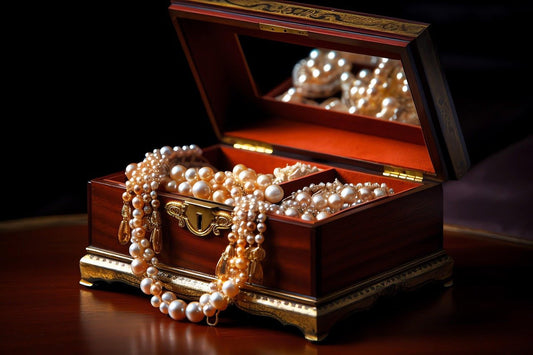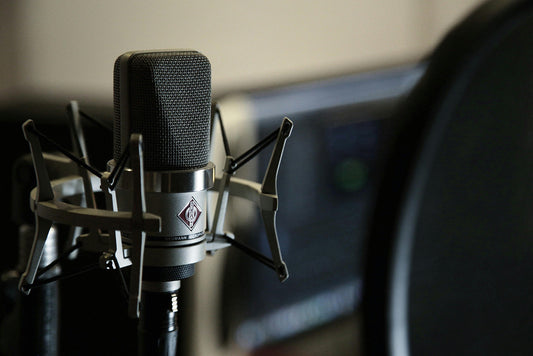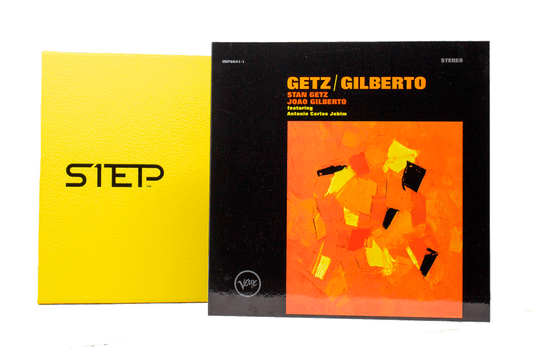Volume controls
by Paul McGowan
Of all the things we take for granted in our lives, volume controls would have to be high on the list. Whether by remote or the turn of a knob, the volume up and down is perhaps the most familiar control in the repertoire.
Familiarity doesn't mean unimportant. Despite the fact that every preamp, integrated, receiver, television, and most DACs have them, volume controls should not be taken lightly. Their impact on sound quality cannot be overstated. In fact, I cannot think of anything more important to sound quality within a preamplifier than the volume control.
While we have taken our years of experience with these important functions and eliminated the traditional means of implementing them in our two preamps, the Stellar Gain Cell DAC and the BHK Signature, most other companies still cling to the standard potentiometer or fancier versions of the same.
Ever wonder how these controls work and why they make such a difference? I have put together a simple video in which I take apart a pot and show you what's inside. Here it is.
There's no magic inside, as you'll see. But what can be said are two things: volume controls are like the brakes of a car, not the gas pedal, and their importance to sound quality cannot be overstated.
Have fun.
- Choosing a selection results in a full page refresh.
- Opens in a new window.








